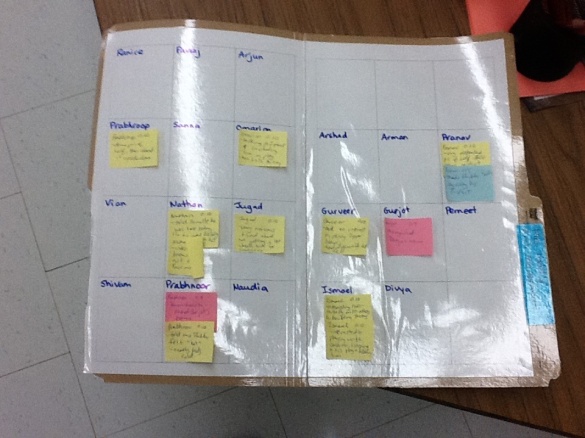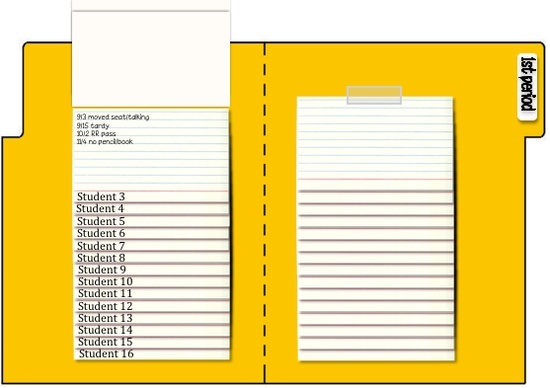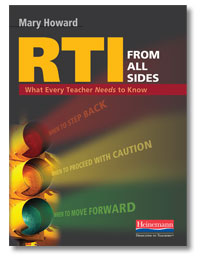These terms represent various ways we address the learning needs of our struggling students. They are especially important when planning for Small Group instruction and Center activities. It is vital to know the shades of differences between these terms to ensure you are maximizing your instruction without minimizing learning.
Notice the instructional purpose for each method…
Modification…WHAT content is taught
Modifications involve adjusting the content of your lessons in order for struggling students to be successful. This may include lowering the degree of the challenge by adapting the complexity, length, or amount of learning. BE CLEAR…this should only be done for students identified as Special Needs, and ONLY according their IEP (Individualized Education Plan). Struggling students should be expected to accomplish MORE- not LESS- if they are ever going to make up for their deficiencies each year. So in the case of a Regular Education students this is a NO-NO!!
Accommodation…HOW content is taught
Unlike modifications, accommodations do not change or lower the standards or expectations. An accommodation can be a physical change or other support feature that the student needs to be successful. This could include learning breaks for students having a hard time staying on task, frequent repetition, alternating seating, extended time frames, tape recorded lessons, enlarged print, sequential instructions in smaller segments, adjusting the pacing, or oral assessments in place of written ones when appropriate. For example..if students are asked to write an opinion piece with reasons and examples, you may accommodate by having strugglers write one reason/examples at a time, then bring to you to read over, offer feedback before having them complete the next one. In this way, the student still has to complete the same assignment as everyone else, but with more support and feedback to increase their success along the way, and in the end.
Intervention…Targeted, intensive instructional strategies
As a key feature of RTI, interventions refer to specific actions that are taken as preventative measures or support for strugglers. Interventions allow teachers to adjust the intensity of instruction by increasing the instructional time and/or decreasing the group size for a more targeted approach. For example, instead of meeting with a group of 5 or 6 students 3 times a week, the intervention groups should be between 1-4 students- daily. Preventative interventions involve introducing new concepts to strugglers prior to the class in order to build their background knowledge of the skill and give them a head start in practice, in hopes that when the concept is introduces to the class those students should be more successful. Interventions ideally include setting short term goals for students and constantly monitoring students’ progress towards meeting those goals. Interventions like these are at the heart of the RTI Framework.
In a nutshell….
Modifications CHANGE the playing field
Accommodations LEVEL the playing field
Interventions ENHANCE the playing field
J.














